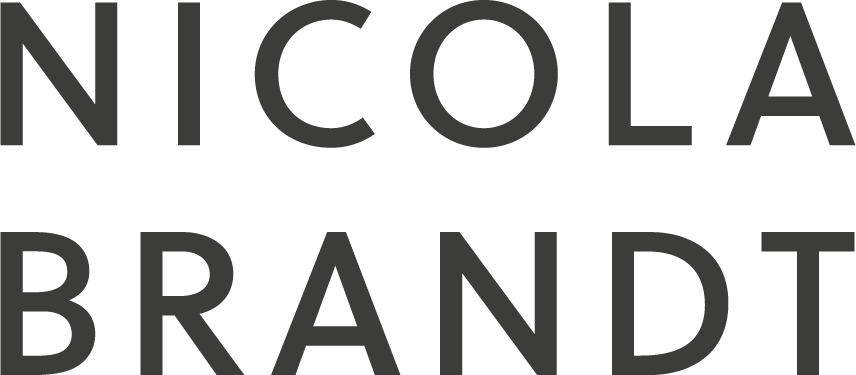


Curated by Solveig Lønmo
Hannah Ryggen (1894–1970) remains one of the most 'distinct and influential' artists of the 20th century. Ryggen wove ‘stories of striking topicality. Her monumental tapestries bravely tackle the fundamental issues of life in society today: the atrocity of war, the abuse of power, the dependence on nature and the relation to family as well as fellow men and women. Living on a small self-sufficient farm on the west coast of Norway, the Swedish-Norwegian artist created a powerful, politically inspired oeuvre. She launched spectacular visual attacks on Hitler, Franco, and Mussolini and made powerful statements of support to the victims of Fascism and Nazism.’ Ryggen created more than 100 large-scale works.
Artists whose work reflects the ethos and values of Ryggen's legacy were invited to participate in the Triennial 2019: Faig Ahmed (Azerbaijan), Alighiero e Boetti (Italy), Nicola Brandt (Namibia/England), Alexandra Kehayoglou (Argentina), Lise Bjørne Linnert (Norway), and Ahmed Umar (Norway/Sudan).








Hannah Ryggen, 6 October 1942, 1943. Tapestry in wool and linen.
© Hannah Ryggen/BONO 2020. Photo: Anders Solberg/Nordenfjeldske Kunstindustrimuseum
Alighiero Boetti, Mappa, 1990. Cotton embroidery on canvas.
© Alighiero Boetti by SIAE/KOPINOR 2020.
Lise Bjørne Linnert, Desconocida/Unknown/Ukjent, 2006–ongoing.
Installation, relational work, embroidery, silk on cotton
Alexandra Kehayoglou, Prayer Rugs, 2019.
Hand tuft, wool
Faig Ahmed, Liquid, 2014.
Handwoven carpet, wool
Ahmed Umar, Thawr, Thawra, (Ox, revolution), 2014
Ceramics, earthenware with oxblood glaze
Nicola Brandt. Indifference.
HD Triptych Video Installation, 14 minutes 09 seconds, continuous loop [Installation view]
Nicola Brandt. Indifference.
HD Triptych Video Installation, 14 minutes 09 seconds, continuous loop [Installation view]
Curated by Solveig Lønmo
Hannah Ryggen (1894–1970) remains one of the most 'distinct and influential' artists of the 20th century. Ryggen wove ‘stories of striking topicality. Her monumental tapestries bravely tackle the fundamental issues of life in society today: the atrocity of war, the abuse of power, the dependence on nature and the relation to family as well as fellow men and women. Living on a small self-sufficient farm on the west coast of Norway, the Swedish-Norwegian artist created a powerful, politically inspired oeuvre. She launched spectacular visual attacks on Hitler, Franco, and Mussolini and made powerful statements of support to the victims of Fascism and Nazism.’ Ryggen created more than 100 large-scale works.
Artists whose work reflects the ethos and values of Ryggen's legacy were invited to participate in the Triennial 2019: Faig Ahmed (Azerbaijan), Alighiero e Boetti (Italy), Nicola Brandt (Namibia/England), Alexandra Kehayoglou (Argentina), Lise Bjørne Linnert (Norway), and Ahmed Umar (Norway/Sudan).








Hannah Ryggen, 6 October 1942, 1943. Tapestry in wool and linen.
© Hannah Ryggen/BONO 2020. Photo: Anders Solberg/Nordenfjeldske Kunstindustrimuseum
Alighiero Boetti, Mappa, 1990. Cotton embroidery on canvas.
© Alighiero Boetti by SIAE/KOPINOR 2020.
Lise Bjørne Linnert, Desconocida/Unknown/Ukjent, 2006–ongoing.
Installation, relational work, embroidery, silk on cotton
Alexandra Kehayoglou, Prayer Rugs, 2019.
Hand tuft, wool
Faig Ahmed, Liquid, 2014.
Handwoven carpet, wool
Ahmed Umar, Thawr, Thawra, (Ox, revolution), 2014
Ceramics, earthenware with oxblood glaze
Nicola Brandt. Indifference.
HD Triptych Video Installation, 14 minutes 09 seconds, continuous loop [Installation view]
Nicola Brandt. Indifference.
HD Triptych Video Installation, 14 minutes 09 seconds, continuous loop [Installation view]